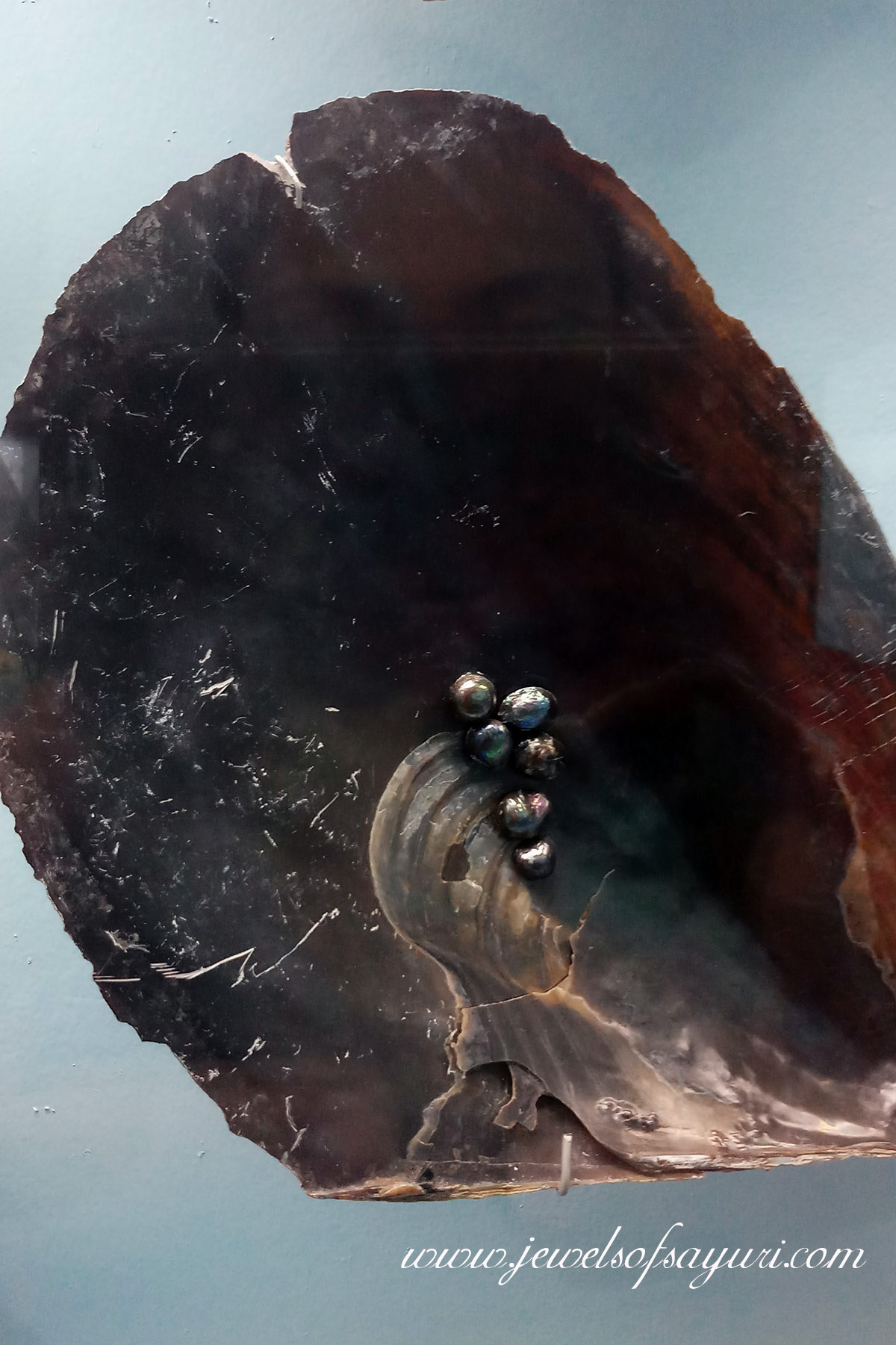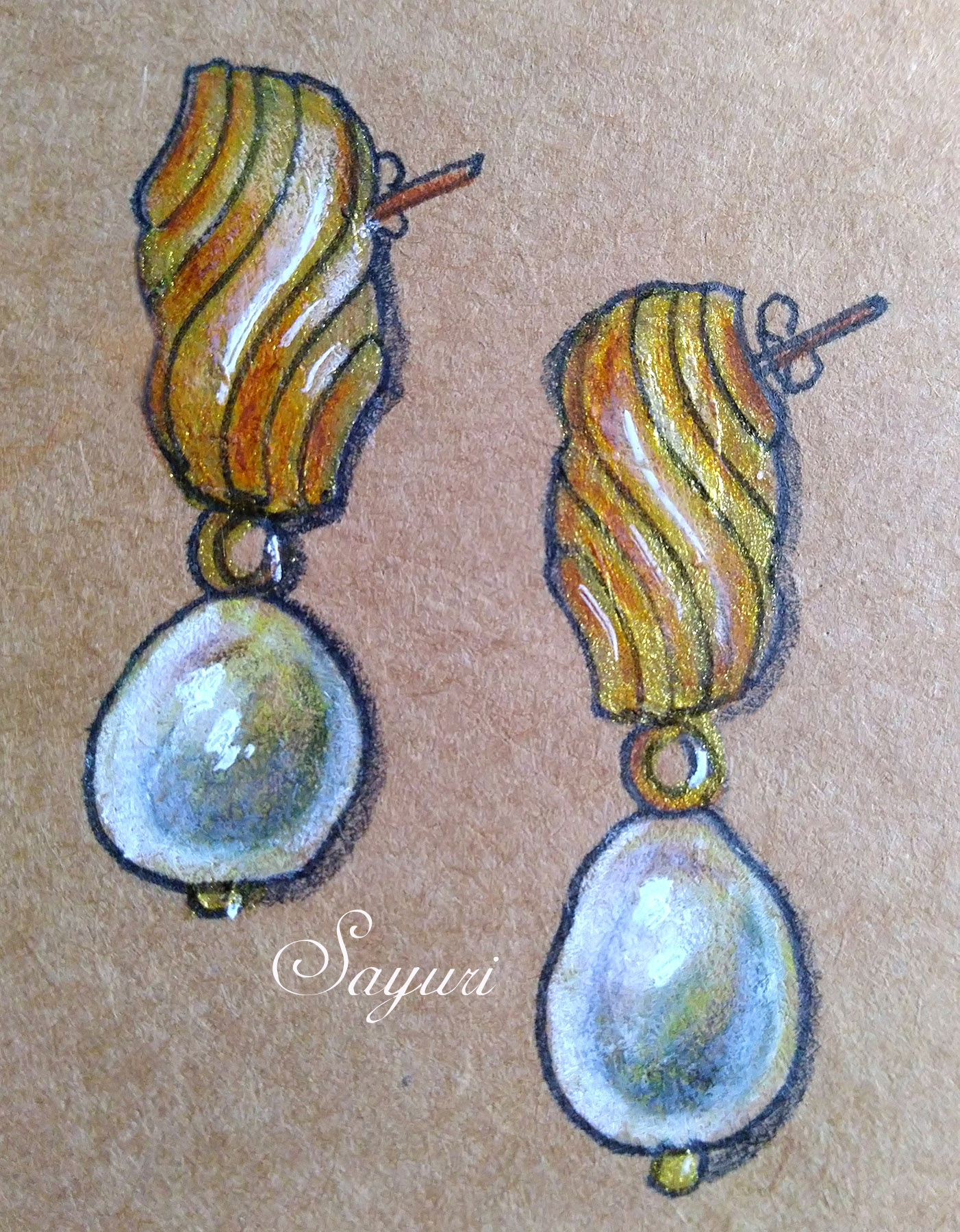Pearls have captivated human beings for thousands of years. They symbolise romance, love, purity, riches and power. They are elegant, chic and timeless. Pearls were discovered by chance when mollusks were harvested for food. But they soon became the de-facto ornamentation in the attire of royalty. This June birthstone is versatile and can be used as beads, cabochons, and even be embroidered on clothing. However, due to over zealous pearl fishing, most natural sources of pearl producing mollusks have depleted. There are several types of pearls. Finding natural pearls at the present is rare. The market is abound with cultured pearls and imitation varieties like plastic, glass and shell pearls.

Pearl formation
Natural pearls are produced by Bivalves mollusks and gastrapods such as conch snails or melo-melo snails. Mollusks have an organ called Mantle that secretes a hardening liquid called Mother of Pearl – MOP that can be seen as a coating on the shell. The pearly substance that makes up the layers of a pearl is called Nacre. Cultured pearls are typically produced using saltwater or freshwater mollusks. There are more than 100,000 species of mollusks. 30 or 35 mollusk species are capable of producing pearls, but pearl farmers use only about 14 of them to produce cultured pearls.
Types of pearls
There are three categories or types of pearls – natural, cultured and imitation pearls. Avoid using words like “real or fake” while describing pearls or any other gemstones. I will discuss imitation pearls in the part two of this post.

Types of natural pearls
Natural pearls are those that are formed in nature without any human intervention. They can come from freshwater or saltwater mollusks and gastropods or sea snails like abalone. They can be of nacreous and non-nacreous varieties. Conch snails and melo-melo snails produce non-nacreous pearls of the same name. You can find them in pink and yellowish orange colours with a flame-like pattern. Famous naturals pearls in History include the Abernathy Pearl, The Arco Valley Pearl, The Gogibus Pearl, The Big Pink Pearl and the Hope Pearl.
Types of cultured pearls
Varieties of cultured pearls include Akoya Pearls, South Sea Pearls, Tahitian Pearls and Freshwater Pearls. Mikimoto Kōkichi is credited with the first commercially successful cultured pearl business. Pearls available in abundance in India (including Hyderabad pearls) are freshwater pearls and they are the cheapest of the four as they are not round. Akoya pearls are considered to be more rare and valuable than the freshwater pearl. However, it is only the third most valuable commercially produced pearl, falling behind South Sea and Tahitian pearls. Keshi Pearls are a by-product of pearl culturing as they are pearls with no nucleus inside. The salt-water pearls from the Persian Gulf are called Basra pearls.
Value factor of Pearls
Pearls have 5 value factors, characteristics that are used to asses the value of a pearl. They are shape, size, colour, sheen, and surface clarity. Pearls can be categorised as spherical, symmetrical, semi baroque or baroque based on their shape. Round pearls are the most in-demand pearls. Popular colours include neutrals such as white, cream, grey and black, and fancy hues such as peacock, golden, blue, brown, dark green, and purple. All pearls have a body colour, some an overtone over the body colours and fewer still an orient or an iridescent sheen.

Pearl jewellery aftercare
Pearls are organic gemstones and hence fragile. They are damaged by perfumes, cosmetics and even heavy sweating. Pearl jewelry should be taken off before you are doing exercise, bathing and cooking. Therefore, they should be worn only after applying makeup, creams and perfume and not before. Don’t store your pearls with other jewellery, because they can be scratched easily when metal or gemstones rub against them. In addition to that, do not seal pearls in plastic bags store them unworn for a long time. Wear you knotted pearls and get them restrung/knotted periodically to ensure longevity.
I hope that you enjoyed this article on the types of pearls. Do look up the one on Shell pearls as well. If you would like to know more about any aspect of pearls, please feel free to ask. Also, do share your knowledge of pearls, stories related to them in the comments.
Further reading: Pearls in Performance art
I hope that you find it interesting
Cheers


Leave a Reply